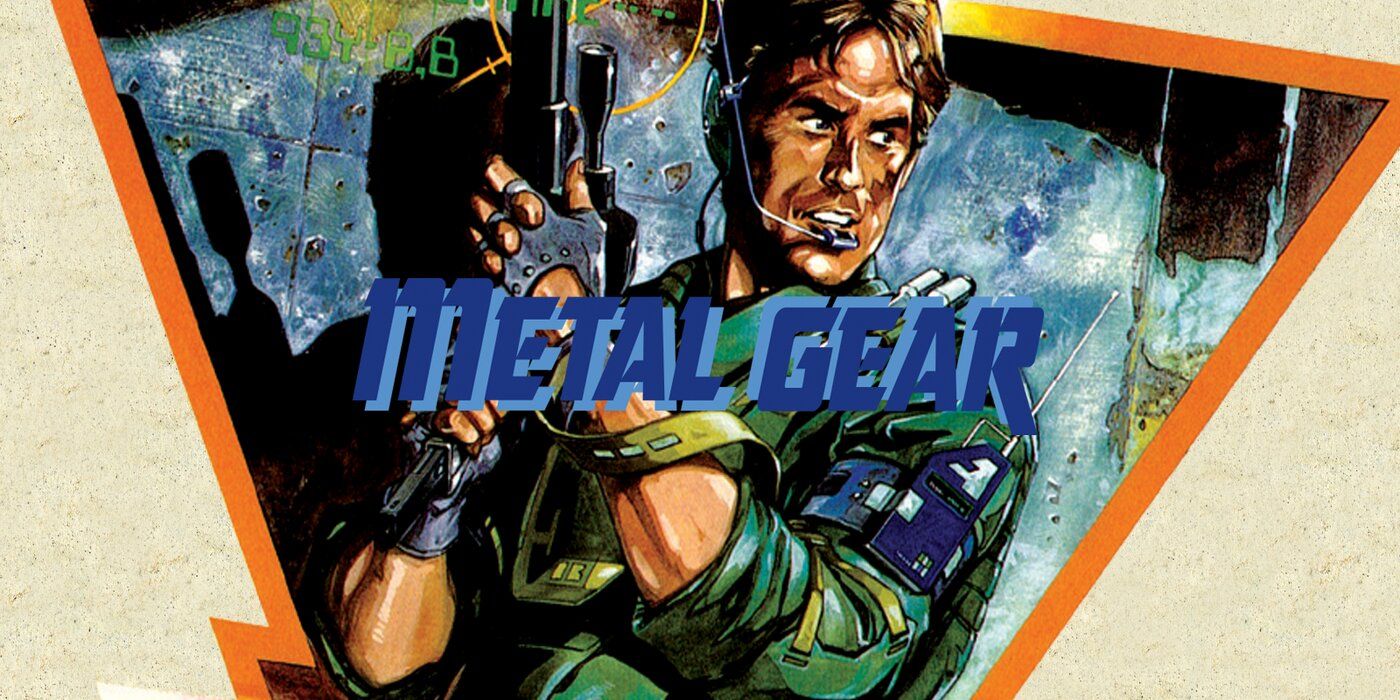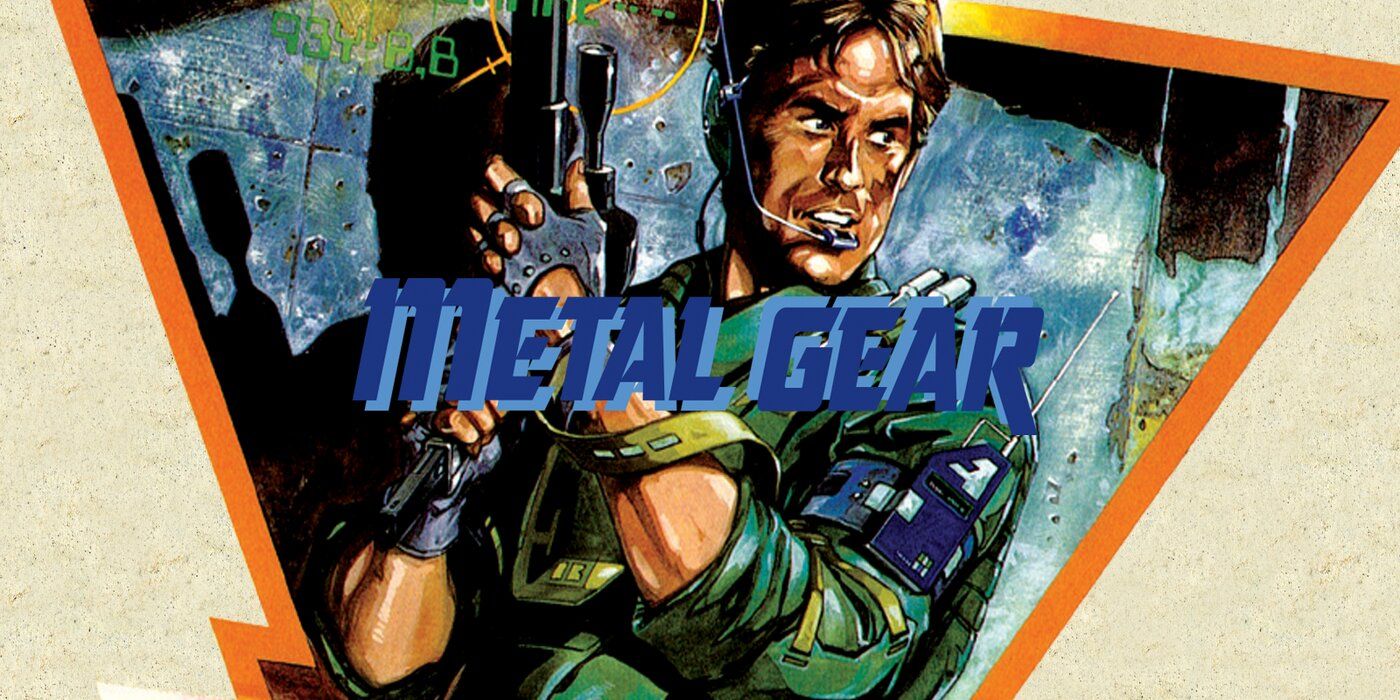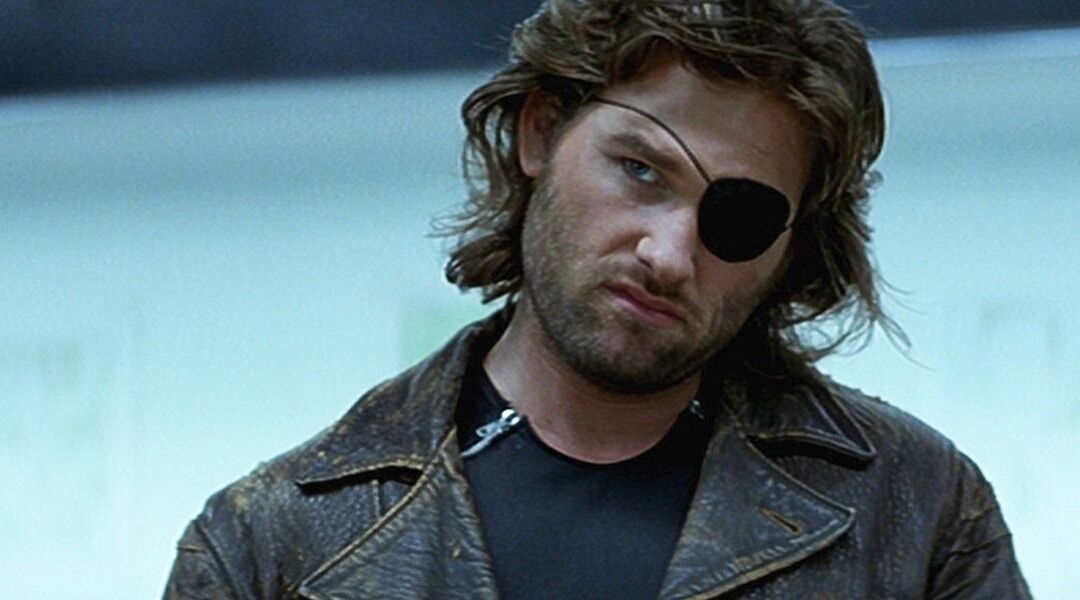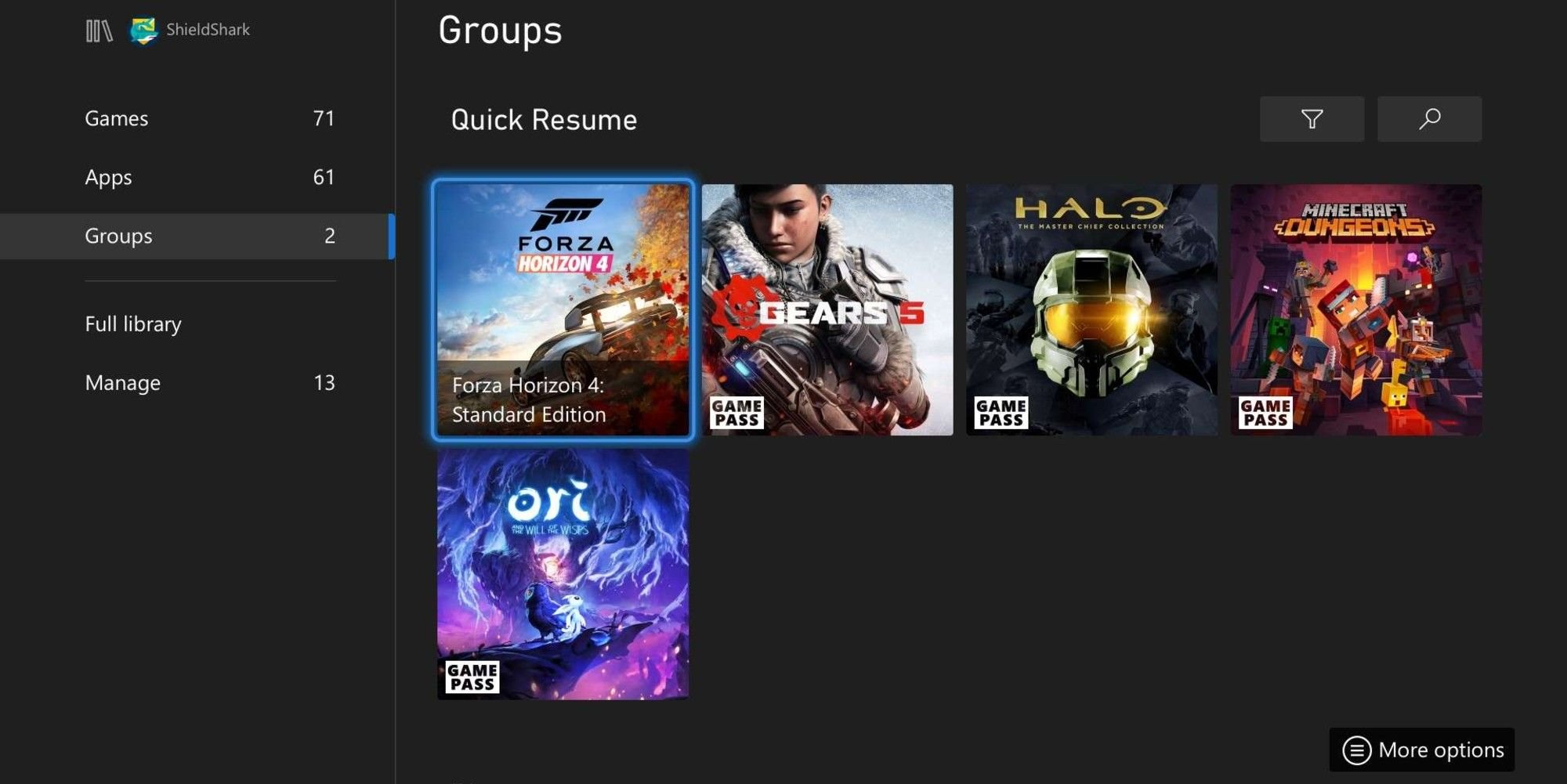
The influence of cinema on the Metal Gear games is undeniable. The series is well-known for its cinematic flair, which has had an impact on the franchise, and the video game industry as a whole. Considering creator Hideo Kojima's love for film — a subject he tweets regularly about — it's not all that surprising that the artist would let his interests bleed into his art.
However, Kojima's filmic interests aren't solely exhibited through Metal Gear's stylishly directed and sometimes long-winded and/or overindulgent cutscenes, but also in the design of its two central characters: Solid Snake and Big Boss. Since the series debuted 35 years ago, these two characters' designs have changed quite a bit, but one thing about them has always remained constant. They've always been inspired by some Hollywood heavy-hitters.
RELATED: What a New Metal Gear Can Learn From Hitman 3's Success (And How It Can Innovate Further)
Metal Gear: The Influences Of Solid Snake

Many of Metal Gear's characters boast iconic designs courtesy of artist Yoji Shinkawa, but that wasn't always the case. In the early days of the series, Solid Snake, among many other characters, looked virtually identical to a few high-profile actors. The cover art of the first game depicts a version of Solid Snake that Metal Gear fans may not recognize, but Terminator fans might.
Snake's appearance here is clearly based on Michael Biehn — Kyle Reese in the first Terminator film. There's an uncanny resemblance between the game's cover art and a publicity still of Biehn as Reese; the two are even performing the exact same pose with similarly shaped weapons. One might assume that Kojima being a big Terminator fan may have led to this creative decision, but the creator has publicly denied being involved with the creation of Metal Gear's cover, as he was still a fresh face at Konami during the game's development.
As such, when Metal Gear 2 rolled around, Snake did not retain the likeness of Biehn. Rather, he took on the one of Mad Max, Lethal Weapon, and Braveheart star, Mel Gibson. In the game's original MSX release, Snake's in-game codec portrait looked just like Gibson, but later editions of Metal Gear 2 would revise Snake's portrait to match his appearance in Metal Gear Solid for the sake of continuity. It also wouldn't be a shock if the actor's controversial statements and actions since Metal Gear 2's release convinced Konami to abandon his likeness.
The definitive look of Solid Snake would start to take form with Metal Gear Solid, when Yoji Shinkawa took over art for the series. Shinkawa has previously stated that Snake was designed to be more or less a combination of Jean-Claude Van Damme and Christopher Walken, boasting the body of the former and the face of the latter. Given the character's lean, albeit athletic physique, strong jawline, and distinct facial features, it's fair to say that Snake does, in some regards, bear a resemblance to each actor.
The Actors Behind Metal Gear's Big Boss

Big Boss' first detailed in-game appearance was heavily inspired by the likeness of 007 actor Sean Connery. His codec portrait in Metal Gear 2 might as well have been pixel-art of the late English actor, albeit with an eye patch. Like all the other in-game portraits, Big Boss' was revised in Metal Gear 2's re-release to align with Shinkawa's design. Funnily enough, the 007 franchise — perhaps Connery's most notable work — would go on to be a monumental influence on 2004's Metal Gear Solid 3: Snake Eater.
For Metal Gear Solid 3, Big Boss went through a re-design, as the character had only been portrayed as an older man in prior entries. This younger version of Big Boss, now known as Naked Snake, ultimately ended up looking like a slightly scruffier Solid Snake with an eyepatch, but that might not have always been the plan.
In a casting sheet for Metal Gear Solid 3, Big Boss is described as standing tall at 6'5" and boasting a build that's "thick like Schwarzenegger." One doesn't have to look too hard to see that Big Boss' present physique pales in comparison to a figure like Arnold, but running and gunning in MGS3's jungle while wearing Big Boss' "naked" camouflage does evoke imagery of scenes from Schwarzenegger's 1985 hit, Commando.
RELATED: How a Metal Gear Solid Remake Can Improve Upon The Original
Metal Gear: Snake Pliskenn's Imprint

Any conversation regarding the influences on Metal Gear's two main Snakes would be lacking without a mention of Kurt Russell's character of Snake Pliskenn, who debuted in 1981's Escape from New York. Obviously, the name "Snake" is a pretty direct nod to the movie character, and like Pliskenn, both Snake and Big Boss have rocked some funky mullets in the games. Kojima further referenced Pliskenn by making Solid Snake go undercover as "Iroquois Pliskin" in Metal Gear Solid 2, and the resemblance between Russell's character and Kojima's creation almost came full circle in Metal Gear Solid 3.
Beyond simply looking like Pliskenn — eyepatch, mullet and all — Kojima had planned for Big Boss to sound like him, too. During Metal Gear Solid 3's development, Kojima allegedly asked Kurt Russell to voice Big Boss, but the famous actor reportedly turned the role down. As good of an actor as Russell is, it's hard to imagine MGS3 without the cool, raspy tones of David Hayter as Big Boss. However, considering the uptick in established actors getting involved in video games nowadays, one has to wonder if Russell might accept the role were he offered it today.
The Metal Gear series has certainly run an interesting course. Thirty-four years ago, it started as a pastiche of western action movies, and throughout its run, its characters have unapologetically taken several cues from Hollywood's biggest film heroes. When it's not too deriviative, it's a rather endearing sign of Hideo Kojima's love for the medium, and that unabashed willingness to share one's ideas and interests with the world is perhaps what makes the Metal Gear series resonate with so many.
It's explicit in its messaging; Kojima wants players to know that nuclear weapons are bad, but also what he's been watching, and what films he really enjoys. Now that the series previously inspired by western films will soon be receiving a western film of its own, one can only hope that a similar level of earnestness can be found in the final cut.
MORE: How Metal Gear Solid 5: The Phantom Pain Has Influenced Abandoned Conspiracy Theories

